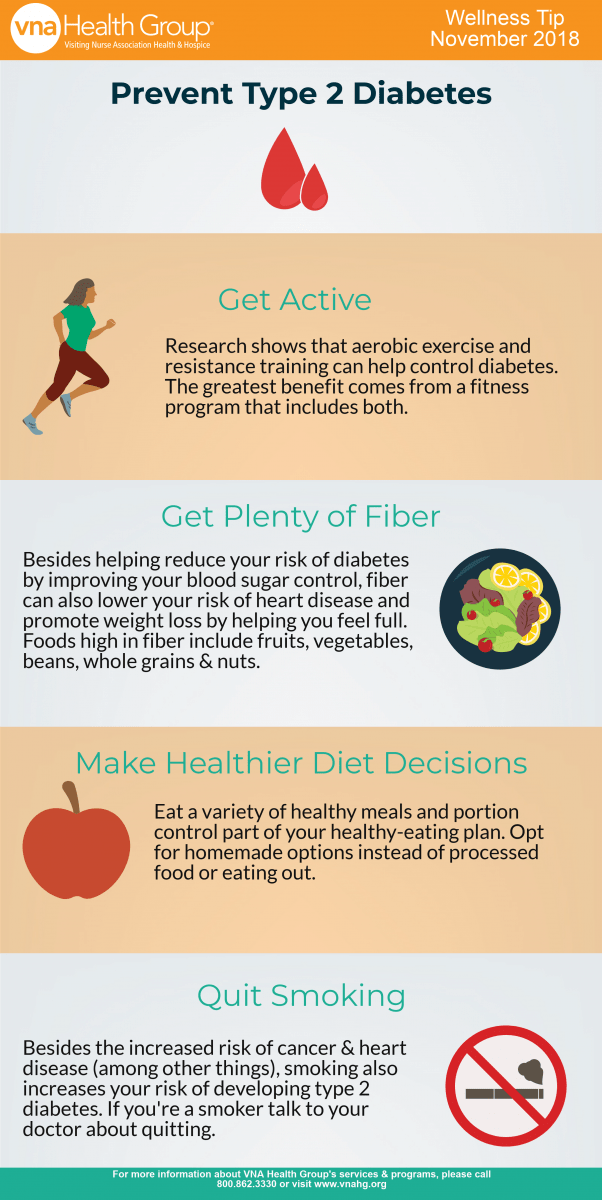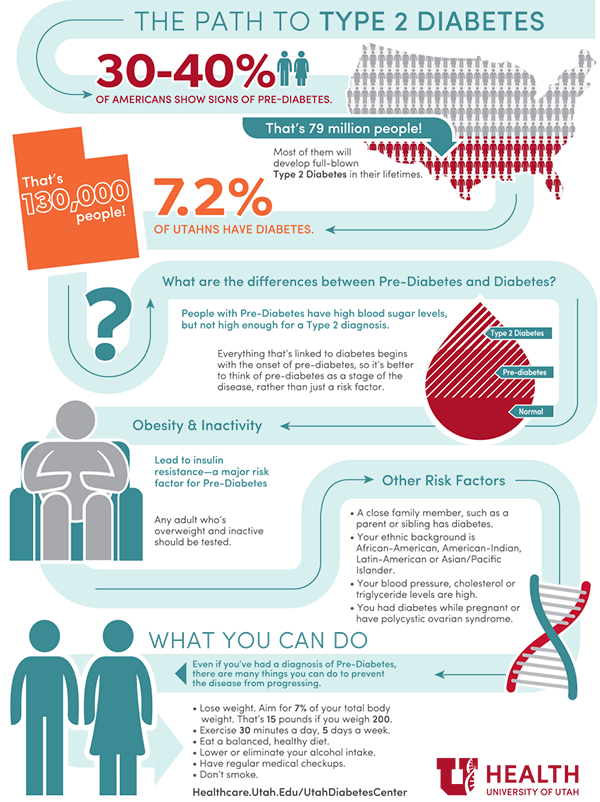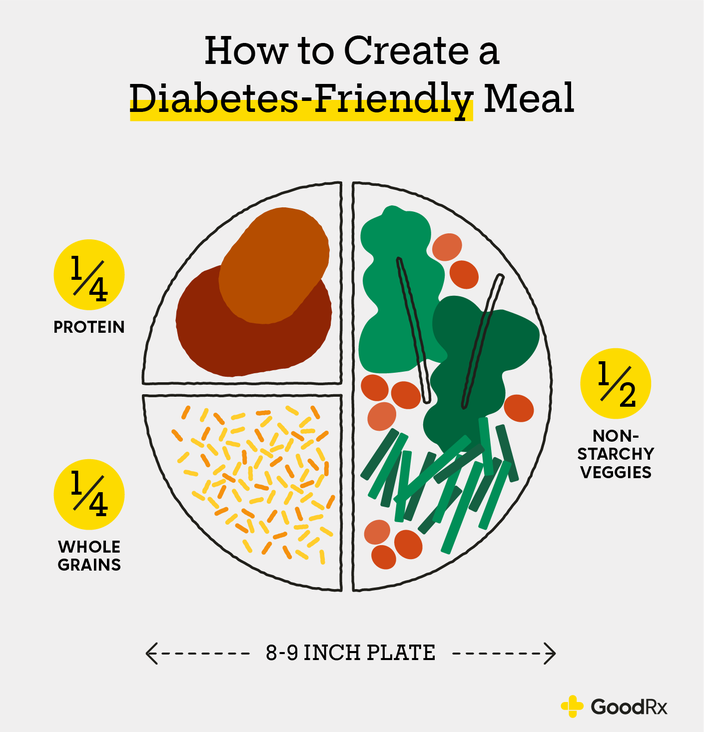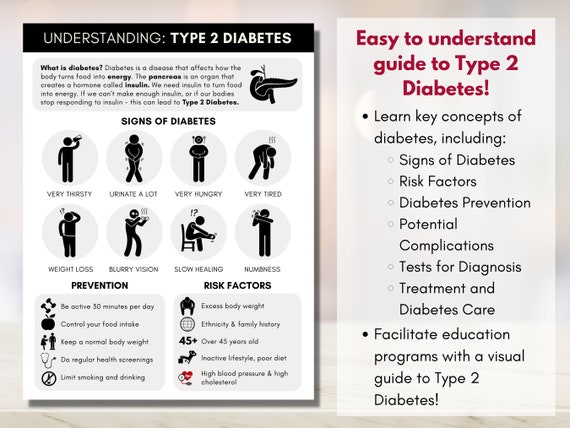Unlock the secrets to controlling Type 2 Diabetes through diet. Discover how simple changes can lead to big results!
Table of Contents
- Introduction to Type 2 Diabetes
- What to Eat When You Have Type 2 Diabetes
- Foods to Limit or Avoid
- The Importance of Portion Control
- The Role of Exercise in Managing Type 2 Diabetes
- Monitoring Your Blood Sugar Levels
- Understanding Blood Pressure and Diabetes
- Can Kids Get Type 2 Diabetes?
- Complications: Type 2 Diabetes and Fatty Liver
- Summary: Managing Type 2 Diabetes with Diet & Control
- Frequently Asked Questions
Introduction to Type 2 Diabetes
Have you ever heard about type 2 diabetes? It’s important to understand what it is and why controlling it is so crucial. Let’s discover together in simple terms what type 2 diabetes means and why watching what you eat is essential for managing this condition.
What Is Type 2 Diabetes?
Type 2 diabetes is a health condition where the sugar levels in your blood are too high. When you eat, your body breaks down food into sugar, also known as glucose. This sugar is like fuel for our bodies, giving us energy to play, learn, and grow. But when you have type 2 diabetes, your body struggles to properly use this sugar because of a hormone called insulin.
Why Should You Control It?
It’s super important to control your blood sugar levels if you have type 2 diabetes. When your blood sugar is too high, it can cause problems like feeling tired all the time, being extra thirsty, and needing to go to the bathroom a lot. If you don’t manage it well, it can lead to even more serious things like heart issues, high blood pressure, and problems with how fat gets used in your body.
What to Eat When You Have Type 2 Diabetes
When you have type 2 diabetes, it’s essential to pay close attention to what you eat. Eating the right foods can help you manage your blood sugar levels and stay healthy. Let’s take a look at the types of food that are good for controlling type 2 diabetes.
Healthy Carbs
Carbohydrates, or carbs, are an important source of energy for your body. But not all carbs are created equal when it comes to diabetes. It’s best to choose healthy carbs that won’t cause your blood sugar to spike. Good options include whole grains like brown rice, oatmeal, and whole wheat bread. These carbs are full of fiber, which can help regulate your blood sugar levels.
Fiber-Filled Foods
Fiber is like a superhero when it comes to managing diabetes. It helps slow down the absorption of sugar in your bloodstream, preventing those sudden spikes. Fill up on fiber-rich foods like fruits, vegetables, nuts, seeds, and whole grains. They’ll not only keep you full and satisfied but also help keep your blood sugar steady.
Lean Proteins
Proteins are essential for building and repairing your body’s tissues. When choosing proteins for a diabetic diet, it’s best to go for lean options to avoid unhealthy fats. Try including foods like skinless chicken, turkey, fish, beans, and tofu in your meals. These proteins will keep you strong and energized without causing havoc on your blood sugar levels.
Foods to Limit or Avoid
Sugary snacks might taste delicious, but they can cause problems for people with type 2 diabetes. When you have type 2 diabetes, your body has trouble regulating the sugar in your blood. Eating too many sugary snacks can make your blood sugar levels go up really high, which isn’t healthy for your body. So, it’s important to limit sugary snacks like candies, cookies, and sodas.

Image courtesy of vnahg.org via Google Images
Bad Fats
Now, let’s talk about bad fats, like LDL cholesterol. Bad fats aren’t good for anyone, especially if you have type 2 diabetes. These bad fats can build up in your body and make it hard for your blood to flow smoothly. This can lead to heart problems and other health issues. So, it’s best to avoid foods high in bad fats, such as fried foods, processed snacks, and fatty meats.
The Importance of Portion Control
In addition to eating the right types of food, making sure you’re not eating too much is crucial for managing type 2 diabetes. Portion control means eating just enough food to fuel your body without overloading it.
Understanding Portion Sizes
Portion sizes tell you how much of a specific food you should be eating at one time. For instance, a portion of pasta is about the size of a tennis ball. Knowing these sizes can help you avoid eating too much and keep your blood sugar levels in check.
Preventing Overeating
When you eat more than your body needs, it can lead to weight gain and higher blood sugar levels. By controlling your portions, you can prevent these problems and stay healthier overall.
Listening to Your Body
One way to practice portion control is to listen to your body’s signals. Stop eating when you feel full, even if there’s still food on your plate. Paying attention to your body can help you maintain a healthy weight and manage your diabetes effectively.
The Role of Exercise in Managing Type 2 Diabetes
Exercise plays a crucial role in managing type 2 diabetes by helping to control blood sugar levels. When you engage in physical activities, your muscles use more glucose for energy, which can lower your blood sugar levels naturally.

Image courtesy of healthcare.utah.edu via Google Images
Fun Physical Activities
There are plenty of fun exercises that you can do to help manage your diabetes. Activities like swimming, biking, playing soccer, or even dancing are great ways to get moving and stay healthy. Find something you enjoy doing so that exercise doesn’t feel like a chore!
How Exercise Helps
Regular exercise not only helps in keeping your blood sugar in check, but it also strengthens your heart, improves your mood, and boosts your energy levels. This means that by staying active, you’re not only managing your diabetes better but also benefiting your overall health and well-being.
| Type 2 Diabetes: Diet & Control |
|---|
Dietary Guidelines for Type 2 DiabetesEat a well-balanced diet with a variety of foods, including fruits, vegetables, whole grains, lean protein, and healthy fats. |
Recommended Foods
|
Foods to Limit
|
Control Strategies
|
Monitoring Your Blood Sugar Levels
Keeping track of your blood sugar levels is an important part of managing type 2 diabetes. When you monitor your blood sugar, you can make sure it stays in a healthy range and avoid any complications that may arise.
Why Keep Track?
Monitoring your blood sugar levels regularly helps you understand how your body responds to different foods, activities, and medications. It gives you valuable information that can help you and your doctor make adjustments to your diabetes management plan. By keeping an eye on your blood sugar levels, you can also catch and address any spikes or dips before they become a bigger issue.
Understanding Blood Pressure and Diabetes
In order to fully grasp the connection between blood pressure and type 2 diabetes, it’s essential to understand what blood pressure is and how it relates to our health.

Image courtesy of www.goodrx.com via Google Images
Healthy Blood Pressure
Blood pressure refers to the force of blood pushing against the walls of your arteries as your heart pumps it around your body. It is measured using two numbers – the top number (systolic pressure) represents the pressure when your heart beats, while the bottom number (diastolic pressure) signifies the pressure when your heart rests between beats. For kids, a normal blood pressure reading is typically below 120/80.
When you have type 2 diabetes, your body may find it harder to regulate blood sugar levels, leading to potential damage to the blood vessels. This damage can make it difficult for the heart to pump blood effectively, causing an increase in blood pressure. High blood pressure can put extra strain on your heart and lead to serious health issues if not managed properly.
Monitoring your blood pressure regularly is crucial in managing type 2 diabetes. By keeping your blood pressure in check, you can lower your risk of complications and lead a healthier life overall.
Can Kids Get Type 2 Diabetes?
Did you know that type 2 diabetes isn’t just something that adults deal with? Even kids, like you, can develop this condition. Sometimes kids get type 2 diabetes because of certain reasons, like if their moms had gestational diabetes while they were pregnant.
Preventing Diabetes as a Kid
So, what can you do as a kid to avoid getting type 2 diabetes? One essential thing is to eat healthy foods and stay active. By making good food choices and playing outside or doing activities you enjoy, you’re already taking steps to keep your body healthy and strong. Remember, it’s important to listen to your body and treat it well!
Complications: Type 2 Diabetes and Fatty Liver
If you have type 2 diabetes, it’s essential to understand how it can lead to other health issues, like fatty liver disease. The liver plays a crucial role in processing the food we eat and turning it into energy for the body. When someone has diabetes, their body may struggle to control blood sugar levels, which can put extra stress on the liver.

Image courtesy of www.etsy.com · In stock via Google Images
When the liver is overworked, it can start storing excess fat, leading to fatty liver disease. This condition can worsen with time if blood sugar levels are not managed properly. To prevent fatty liver disease and its complications, it’s vital to take good care of your liver by following a healthy diet, staying active, and keeping your blood sugar levels in check.
Summary: Managing Type 2 Diabetes with Diet & Control
In managing type 2 diabetes, it is essential to focus on your diet and control to stay healthy. Controlling diabetes means keeping your blood sugar levels within a healthy range. This prevents complications such as heart disease, vision problems, and nerve damage.
What Is Type 2 Diabetes?
Type 2 diabetes is a condition where your body has trouble using insulin properly. Insulin is a hormone that helps regulate blood sugar levels. When you have type 2 diabetes, your blood sugar can get too high, which is not good for your health.
Why Should You Control It?
Controlling type 2 diabetes is crucial to staying healthy. High blood sugar can damage your organs over time and lead to serious health issues. By managing your diet and keeping your blood sugar levels stable, you can prevent these problems and live a healthier life.
Remember, eating the right foods, watching your portion sizes, and staying active are all important parts of managing type 2 diabetes. By taking care of your body, you can keep diabetes under control and lead a happy, healthy life.
Frequently Asked Questions
Can eating too much sugar cause diabetes?
While eating too much sugar is not the direct cause of type 2 diabetes, it can contribute to the development of the condition. Consuming sugary foods and drinks regularly can lead to weight gain, which is a risk factor for diabetes. Additionally, indulging in sugary treats can cause blood sugar levels to spike, putting strain on the body’s ability to regulate glucose properly over time.
Can I ever eat dessert if I have type 2 diabetes?
Yes, you can still enjoy dessert if you have type 2 diabetes, but it’s essential to do so in moderation. Opt for healthier dessert options like fresh fruit, sugar-free treats, or desserts made with natural sweeteners. Remember to keep portion sizes in check and balance your indulgences with a nutritious meal plan.
How often should I exercise if I have type 2 diabetes?
Regular physical activity is crucial for managing type 2 diabetes effectively. Aim for at least 60 minutes of moderate to vigorous exercise every day. This can include activities like playing sports, bike riding, swimming, or even dancing. Find activities you enjoy to make exercise fun and incorporate it into your daily routine. Consult with your healthcare provider to determine the best exercise plan for your specific needs.




